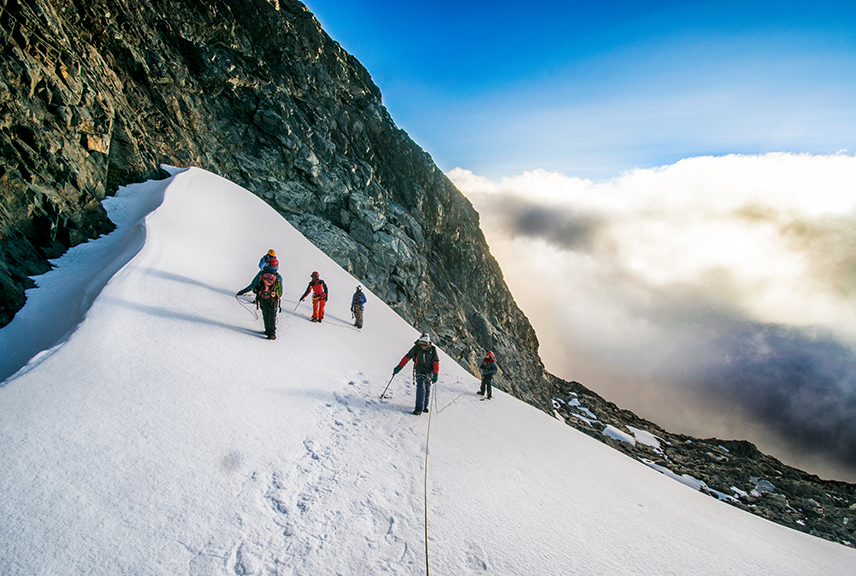
The Rwenzori Mountains, often referred to as the "Mountains of the Moon," are a breathtaking mountain range in western Uganda, straddling the border with the Democratic Republic of the Congo. These mountains were first brought to global attention in 150 AD by the Greco-Roman scholar Ptolemy, who described a snow-capped range as the source of the Nile River. However, their true existence remained a mystery to the Western world until the late 19th century when British explorer Henry Morton Stanley confirmed their presence in 1888. His reports of towering, glacier-covered peaks near the equator astonished the world, as the idea of snow so close to the tropics seemed almost unbelievable. Further exploration of the Rwenzori Mountains was carried out by an expedition led by Luigi Amedeo, the Duke of Abruzzi, in 1906. His team mapped the range in detail and climbed its highest peak, Margherita Peak (5,109 meters), on Mount Stanley, making it one of Africa’s most significant alpine discoveries. This expedition also documented the unique biodiversity of the region, uncovering an extraordinary range of plant and animal species adapted to its varying elevations. The discovery of giant lobelias, groundsels, and other peculiar flora established the Rwenzori Mountains as one of the world’s most distinctive and ecologically significant high-altitude environments.
Today, the Rwenzori Mountains are a UNESCO World Heritage Site and a major destination for adventurers and scientists alike. The mountains are home to the Rwenzori Mountains National Park, which protects their diverse ecosystems, ranging from tropical rainforests to snow-capped peaks. Their discovery and subsequent research have not only contributed to the understanding of African geography but have also highlighted the urgent need for conservation, as climate change threatens the region's glaciers and unique biodiversity.

| Destination | Rwenzori Mt |
|---|---|
| Attraction | Snow |